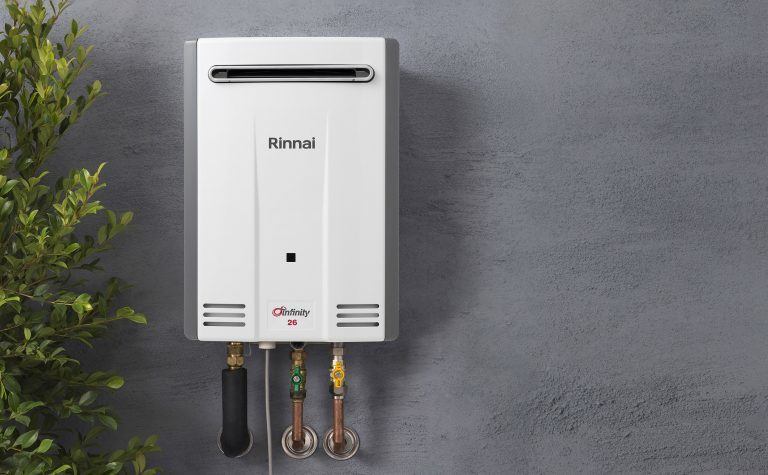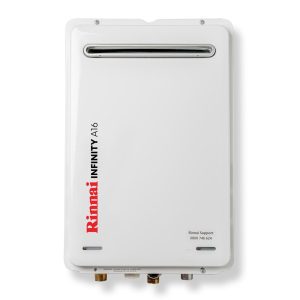Instant gas hot water system installation
If your current gas hot water system is failing or you’re contemplating an update to avoid future complications, you may want to consider an instantaneous gas hot water system, also referred to as continuous flow gas hot water system.

What is an instant gas hot water system?
An instantaneous gas hot water system is a form of a tankless hot water heating system. Instead of storing and heating water in a hot water cylinder, it warms cold water as it is needed, offering an infinite supply of hot water.
A gas-powered heating unit, which consists of a cold water supply pipe, a hot water pipe, a gas supply pipe, a fan, a burner, a heat exchanger, an electronic control unit, a flow sensor, and a hot water valve, warms the water as it passes through the heat exchanger.
A thermostat controls the quantity of gas that burns in the burner and keeps the water temperature at a constant level determined by a sensor.
Why should you switch to this system?
The average household’s water heating accounts for approximately 30% of the energy costs, switching to a more cost-effective system can amount to serious savings on your bill. If you’re looking to upgrade your current water heater system or need to install a new system, contact us and we can advise you on the best continuous hot water systems and install it for you.
Advantages of instant gas hot water systems are:
- The water supply does not run out
- There is no requirement to keep the water hot when not in use, meaning there are no standing losses or energy required to maintain the temperature of stored water
- There is no need for a cylinder to store water, so it frees up space
- Easily adjustable temperature
- Can be located in close proximity to an outlet
- The gas units are usually fitted to an exterior wall, saving interior space
Disadvantages of instant gas hot water systems are:
- Gas and electricity produce greenhouse gases, either during generation or through combustion
- Gas units have flue emissions
- The flow rate is limited by the capacity of the unit
- Achievable flow rates are lower in colder areas
While these “tankless” systems can be operated using LPG, reticulated gas or electricity, the most common fuel source is gas. Gas has a much higher heating capacity than electrical systems, meaning gas systems have a higher maximum heating capacity and is better able to impart sufficient heat to mains pressure. The system is equipped to allow provide unlimited hot water, only heating water on demand when required.
The unit consists of a cold water supply pipe; a hot water pipe exiting the unit; a gas supply pipe; a fan; a burner; the heat exchanger; an electronic control unit (ECU); the flow sensor and the hot water valve. The flow sensor inside the unit detects when an outlet is opened and requires hot water. The sensor is connected to the ECU, which controls the fan and burner. It turns on the burner and fan, heating the incoming cold water as it flows through the heat exchanger.
A thermostat works to regulate the amount of gas combusting in the burner, maintaining the water temperature to a set amount. This function is controlled by a sensor detecting the water temperature on the exit side of the heat exchanger. This allows for continuous hot water that ever runs out.






